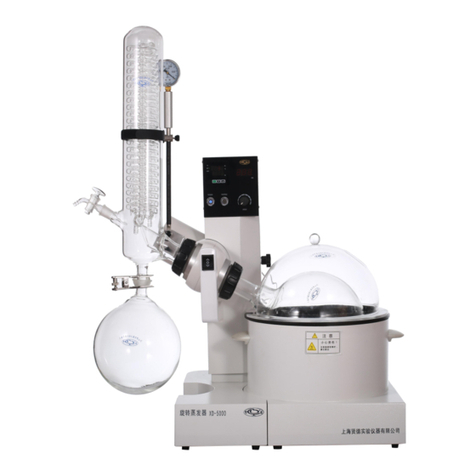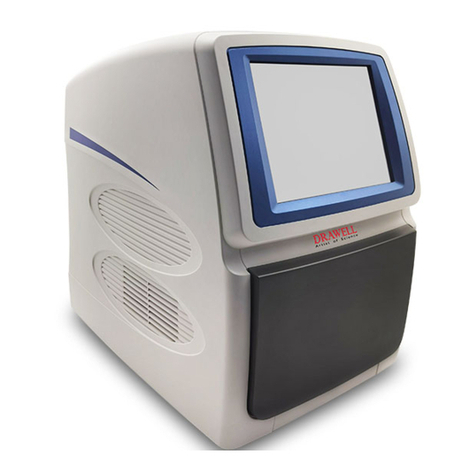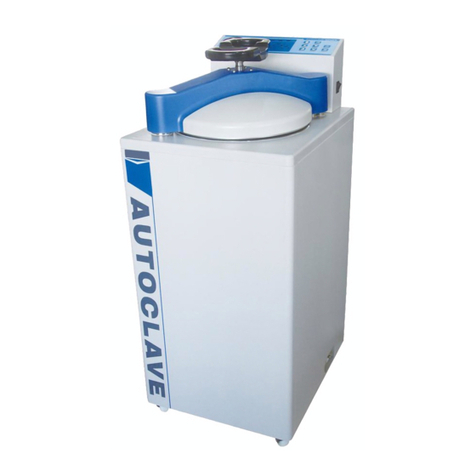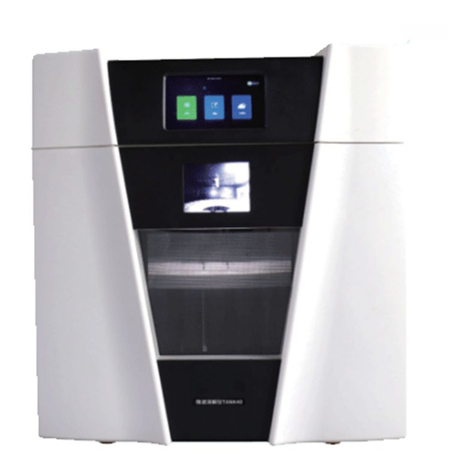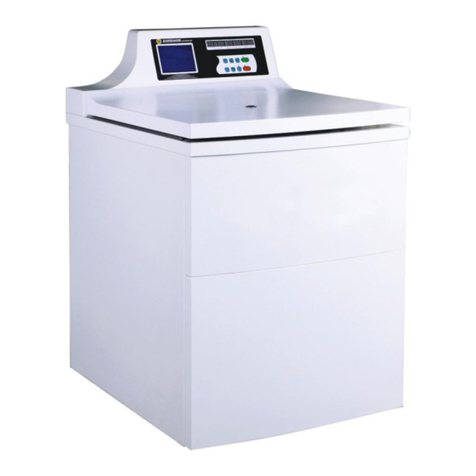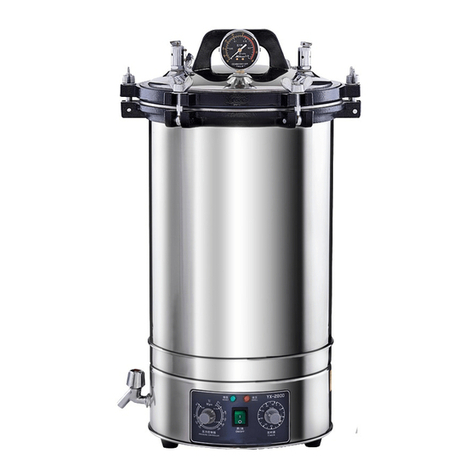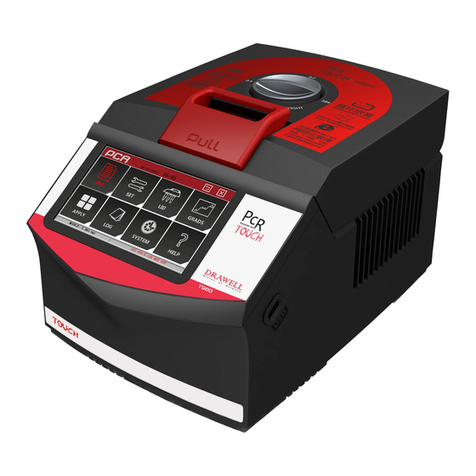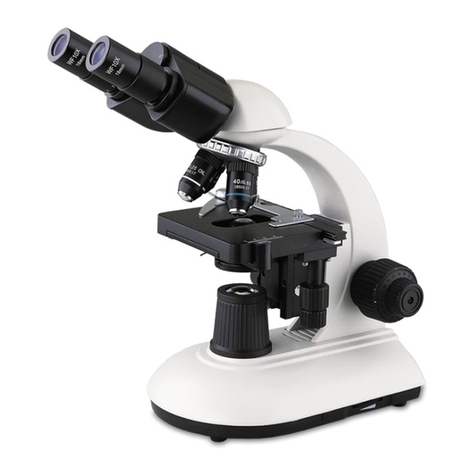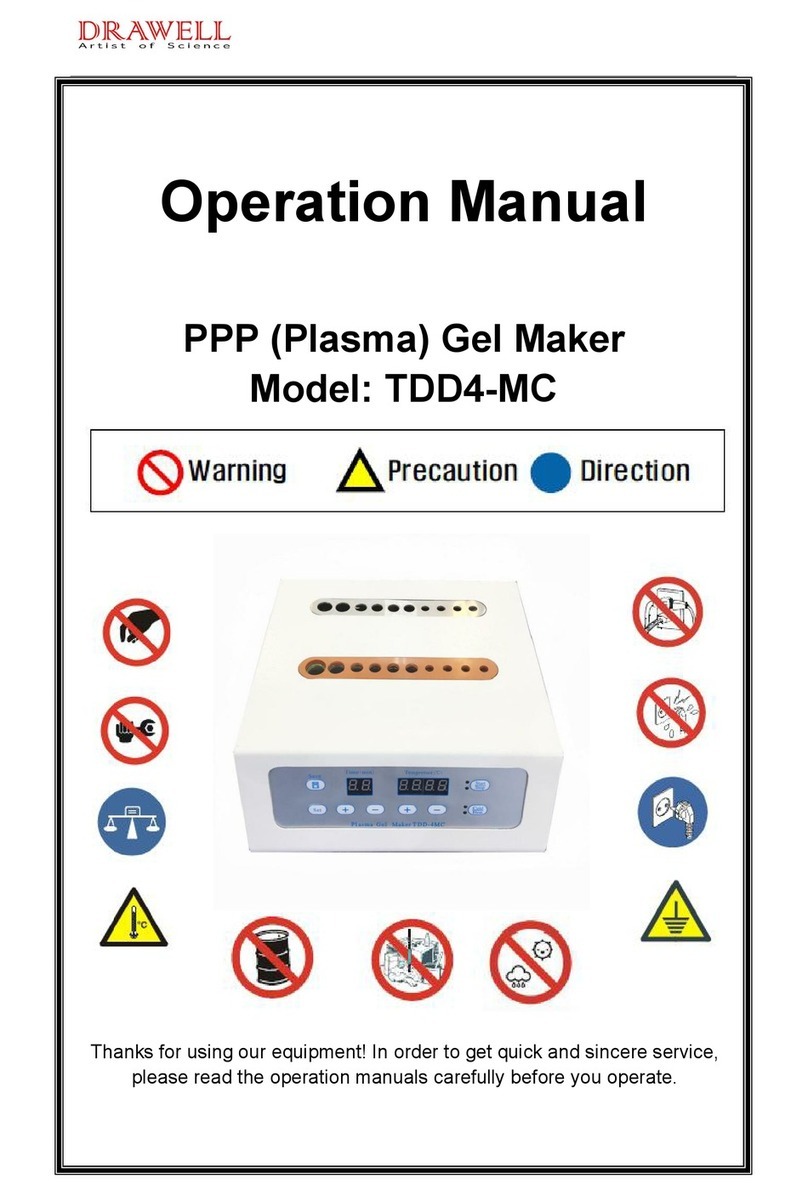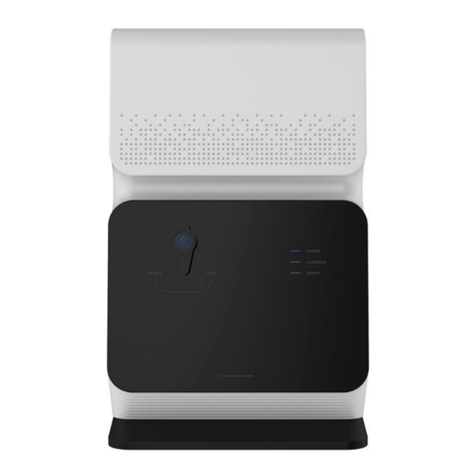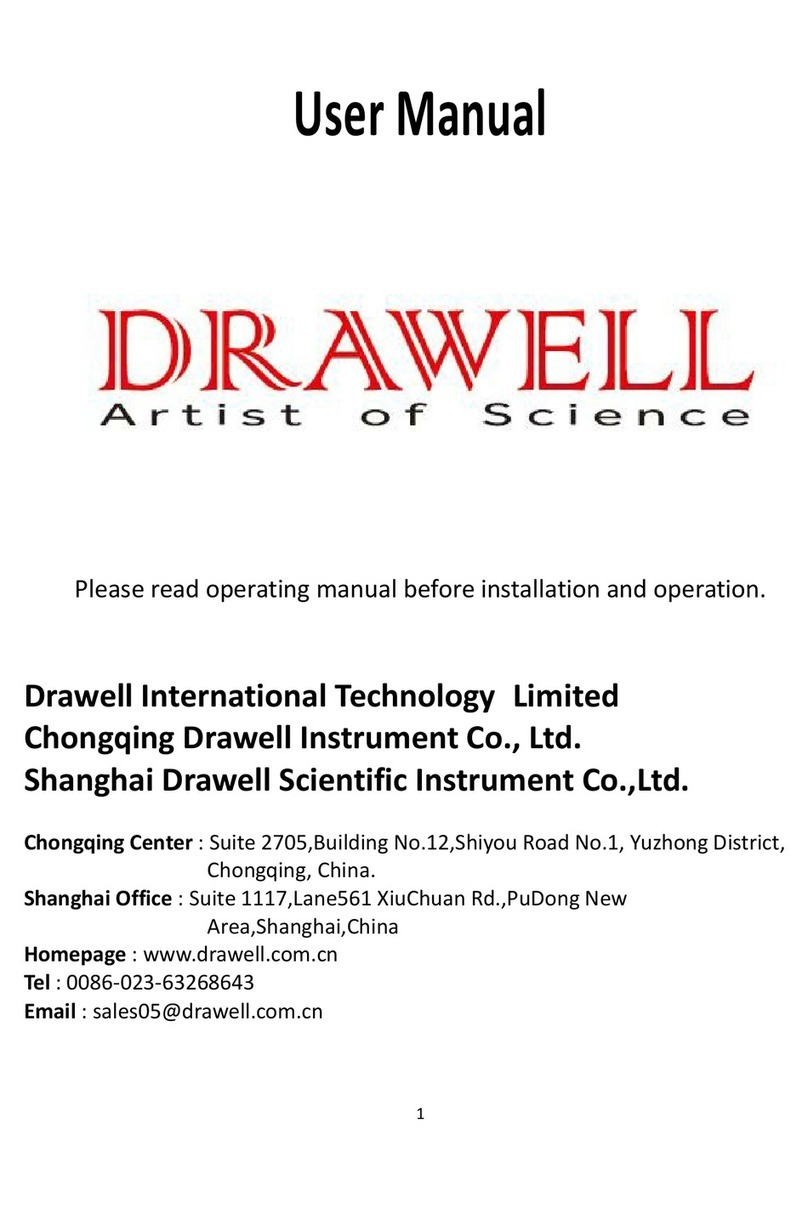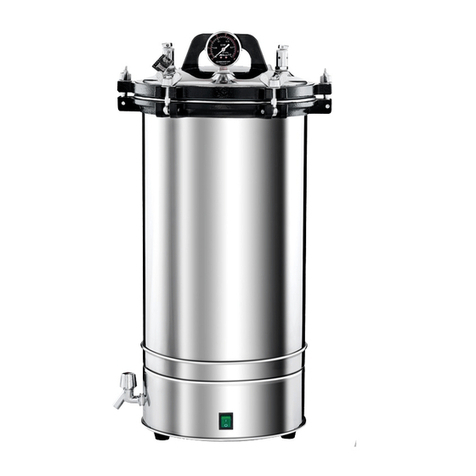
- 4 -
I. Descriptions
Kjeldahl method is a classic method for nitrogen determination. Currently, the Kjeldahl method is
frequently applied for determining the nitrogen content of the soil, foods, agricultural products, feeds and
other substances. When this method is applied for the sample determination, three processes including
digestion, distillation, and titration will be gone through, and the distillation is an important process in
Kjeldahl method.
ATN-300 Automatic Kjeldahl Apparatus is a kind of automatic system researched and development
based on the classic Kjeldahl method, which is featured by user-friendly operation and easy learning due to
application of the Chinese menu and man-machine interface.
With two parts of the manual distillation and automatic distillation, ATN-300 is available for manual and
automatic water filling, alkali filling, acid filling, and distillation, which brings large convenience to the
laboratory personnel.
The automatic part of ATN-300 can save ten kinds of different combinations for water filling, alkali
filling, acid filling, and distillation time for setting and application by the user.
ATN-300 has applied the British self-sucking pump method for liquid feeding rather than the inflatable
method applied by many domestic manufacturers, which can place the liquid feeding barrel under the control
console and select the liquid feeding barrel with large capacity.
ATN-300 has been furnished with numerous protection measures, such as the distillation tube absence
protection (no heating or distillation without distillation tube); steam generator overpressure alarm protection
(shutdown and alarm in case of abnormal pressure); steam generator water shortage protection, and earth
leakage protection, so as to ensure safety of operators.
II. Working Principles
When all samples are digested, the distillation can be performed after having been cooled down to the
room temperature. The principles of the distillation process are as follows:
(NH4)2SO4+NaOH=Na2SO4+2H2O+2NH3↑
Under the alkalic conditions, separate the ammonia with the high temperature steam; after that, collect it
with the conical flask containing boric acid absorption liquid (containing mixed indicator); lastly, perform
